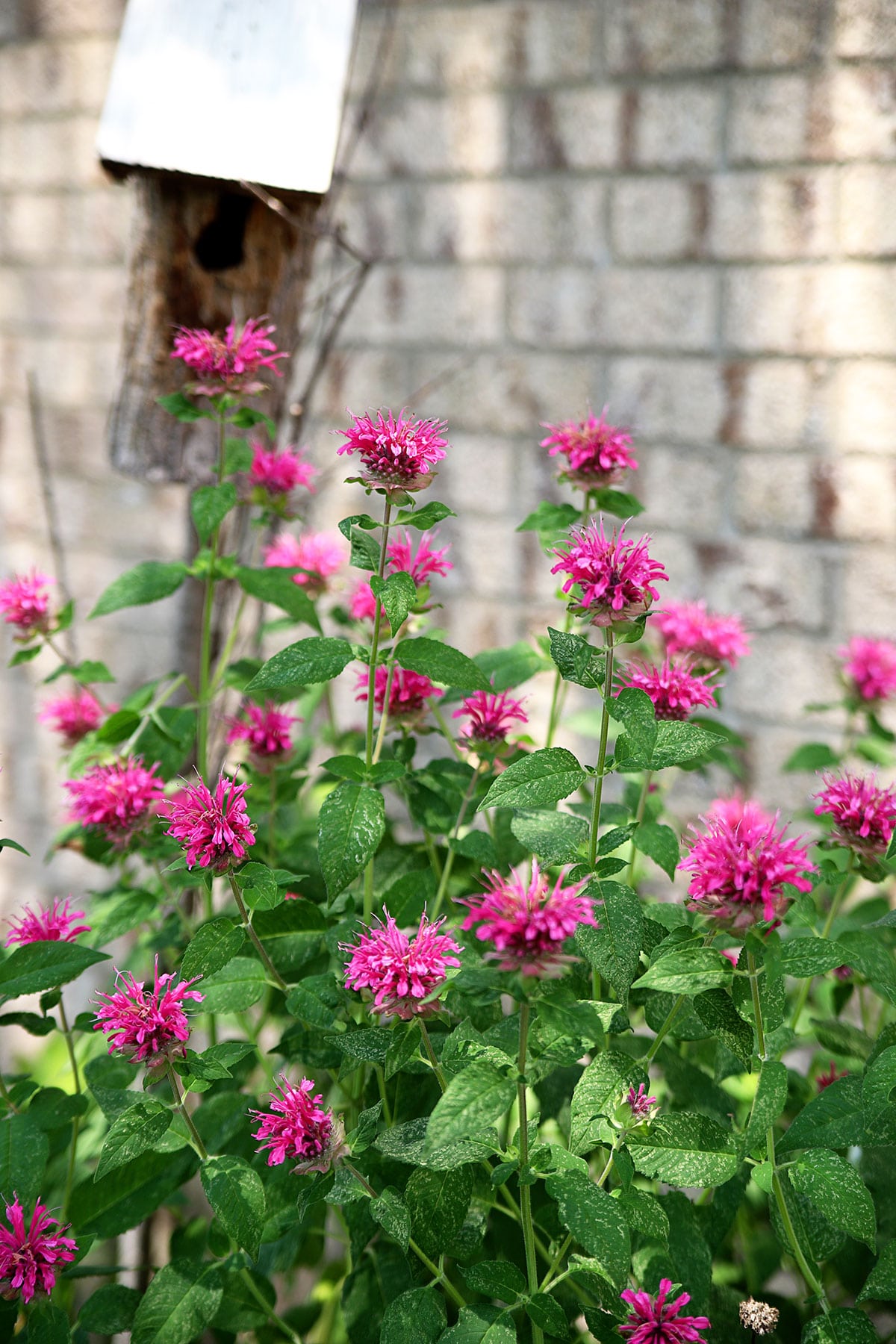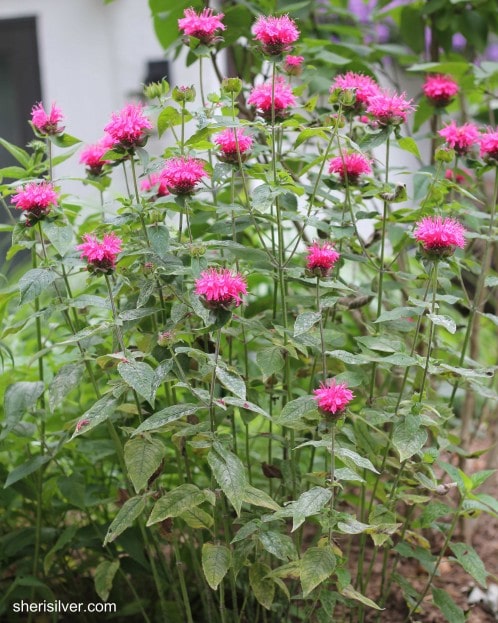

Balmy Lilac: Known for its beautiful lilac flowers and ability to attract hummingbirds and butterflies.

In addition to the varieties mentioned above, there are many other bee balm cultivars to consider for your garden. The Petite Delight bee balm is perfect for small gardens or limited spaces.Īs the name suggests, this compact cultivar grows only 10 to 12 inches tall, with rose-pink flowers that are still highly attractive to bees and butterflies. Jacob Cline is a noteworthy variety with vibrant red blooms and resistance to powdery mildew, making it an ideal choice for gardeners who want vibrant colors without extensive maintenance. This cultivar is a favorite among gardeners for its striking color, long bloom period, and easy maintenance. The Raspberry Wine variety of bee balm is famous for its wine-red flowers and mildew-resistant qualities. This species produces lavender-colored flowers from mid to late summer, providing a lovely scent and a valuable nectar source for pollinators. Monarda fistulosa, or wild bergamot, is another well-known variety of bee balm. Monarda didyma is also known as Oswego tea because Native Americans used it for medicinal purposes. It’s loved for its ability to attract bees, butterflies, and hummingbirds. Monarda didyma is a classic bee balm variety with bright red flowers. In this section, you will discover some of the most popular types of bee balm that you can add to your garden. Types of Bee Balmīee balm, also known as bergamot or Monarda, is a beautiful, fragrant plant that comes in various varieties. This will encourage new growth and keep your plant looking its best.Īdditionally, it’s essential to watch out for issues such as powdery mildew, which can affect the plant’s health and appearance. Once your bee balm plant is established, you’ll want to take care of it by pruning and deadheading regularly. Remember to water your potted bee balm when the top inch of soil feels dry. If you’re considering growing bee balm in a container, opt for one that’s about 5 to 10 gallons in size, filled with a high-quality potting mix and compost. The best time to plant it is in the spring or fall, which allows the roots to establish themselves before the hot summer months or cold winter arrives. When planting your bee balm, you can either start it from seed or buy a young plant from a nursery. While it can tolerate a range of soil types, it does best in slightly acidic soil.Īs for size, bee balm plants typically reach a height of 24-48 inches (61-122 cm) and spread about 24-36 inches (61-91 cm) wide.
Bee balm plant winter care full#
In terms of growing conditions, bee balm prefers full sun or part shade and thrives in USDA zones 4-9. This plant, also commonly known by other names such as bergamot, horsemint, and Oswego tea, has a reputation for attracting bees, butterflies, and hummingbirds, making it an excellent choice for promoting pollination in your garden. Bee balm, a perennial herb with the botanical name Monarda, is a beautiful addition to your garden.


 0 kommentar(er)
0 kommentar(er)
